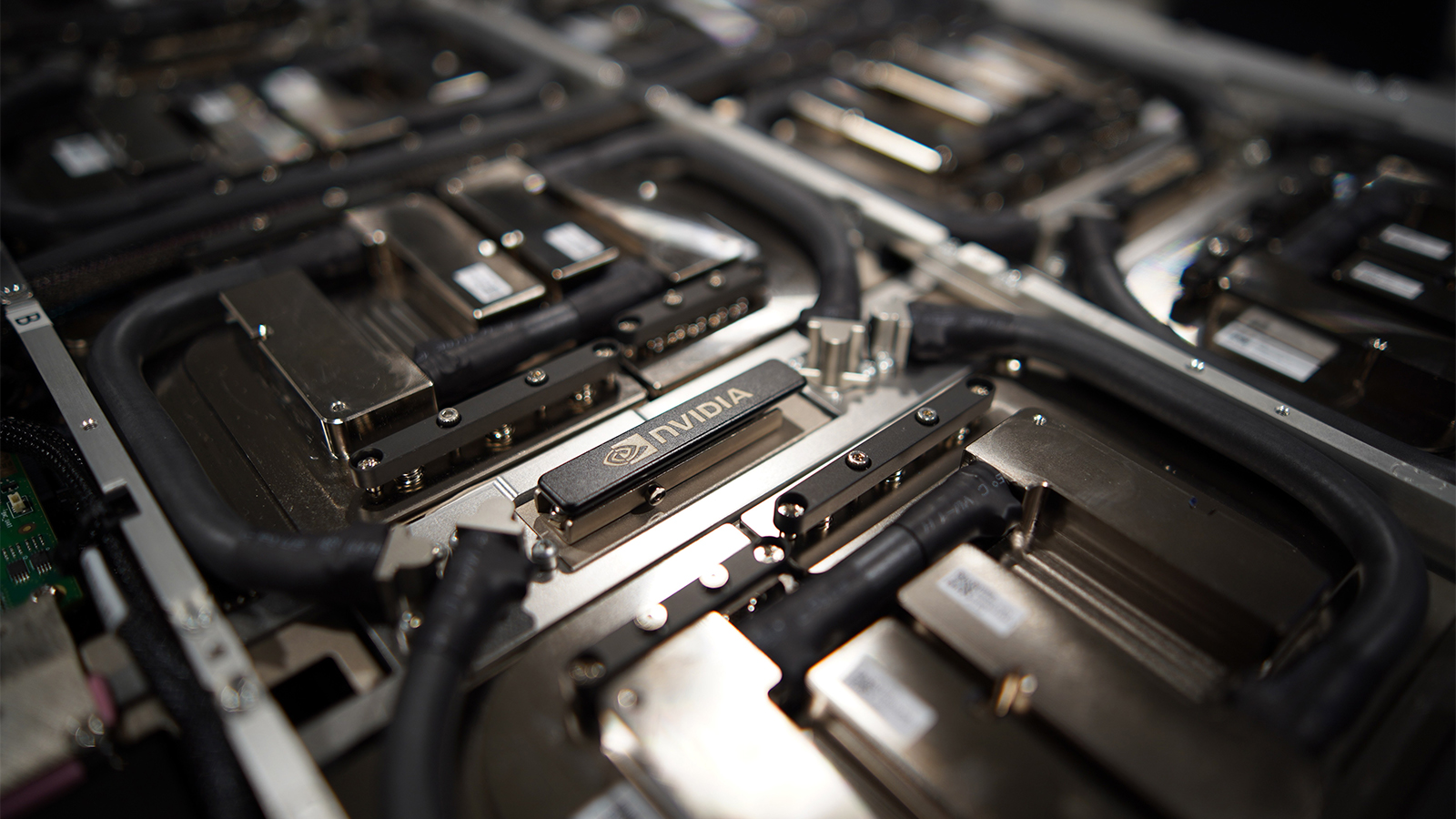
IEEE Spectrum reports three new supercomputers powered by Nvidia’s Grace Hopper CPU+GPU chips topped the Green500 for June 2024. The list ranks the most efficient supercomputers in the world. The three new supercomputers that broke into the list are Jülich Supercomputing Centre’s JEDI, the 1 ExaFLOPS Jupiter Supercomputer, University of Bristol’s Isambard-AI phase 1, and Cyfronet’s Helios GPU.
The Green500 is the energy efficiency counterpart to the Top500, which lists supercomputers according to their power. Most of the powerful supercomputers in the world remain unchanged, with Oak Ridge National Laboratory’s Frontier, Argonne National Laboratory’s Aurora, and Microsoft Azure’s Eagle still taking the top spots. However, these supercomputers are power-hungry, with the top computer requiring at least 22,000 kilowatts to run — equal to the power requirements of more than 15,700 households.
On the other hand, JEDI has a power rating of 67.31 kW (73 GFlops/watt), Isambard-AI Phase 1 requires 117.08 kW (68 GFlops/watt), and Helios needs 316.88 kW (67 GFlops/watt). These devices aren’t in the top 10 regarding raw computing performance, but they aren’t that far behind. JEDI is ranked at 189, while Isambard reached 128. Helios GPU is the most powerful of the bunch, sitting in the 55th position. However, their combined power requirements are still dwarfed by the Aurora, which requires 38,698 kW (26.15 GFlops/watt) and is the second most powerful supercomputer.
All three new entrants to the Green500 are powered by Nvidia’s Grace Hopper super chips, which use the Arm architecture and are inherently more efficient than traditional x86 systems. Aside from the top three systems, other Grace Hopper-powered supercomputers also made the top 10 in the Green500 list—preAlps (5) and Venado (8) also made it, making Nvidia the preferred supplier of 5 out of the ten most efficient supercomputers. This demand likely helped the company reach a record $26 billion 24Q1 revenue.
The entry of these new power-efficient supercomputers shows the industry’s changing priorities. Instead of adding more powerful chips with greater kilowatt requirements, many institutions are now going for better efficiency—i.e., getting more computing performance per watt. This is a crucial move for the general industry, especially as the Semiconductor Industry Association estimated in 2015 (PDF) that computing’s power requirements will exceed global production by 2040 if efficiency isn’t improved.
Because of this increasing power demand, Microsoft is looking at nuclear reactors to power its data centers. Meta CEO Mark Zuckerberg also said that power constraints will bottleneck AI progress. “A lot of data centers are on the order of 50 megawatts or 100 megawatts, or like a big one might be 150 megawatts,” Zuckerberg said. He then added later, “But then when you start getting into building a data center that’s like 300 megawatts or 500 megawatts, or a gigawatt; I mean, no one has built a single gigawatt data center yet, so I think it will happen. I mean, this is only a matter of time.”
Newer technologies, like Nvidia’s Grace Hopper chips and LPDDR5X memory, are helping make computing more efficient and sustainable. While we need to reduce energy consumption, especially that of non-renewable energy, to help combat the effects of global warming, we also do not want to reduce our computing power. However, with these more power-efficient processors, we can keep up with the demands of data centers and AI computing without needing more energy.







